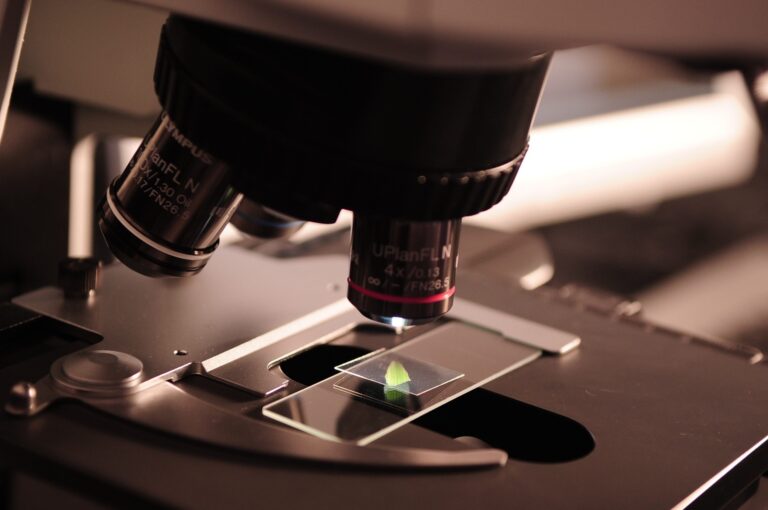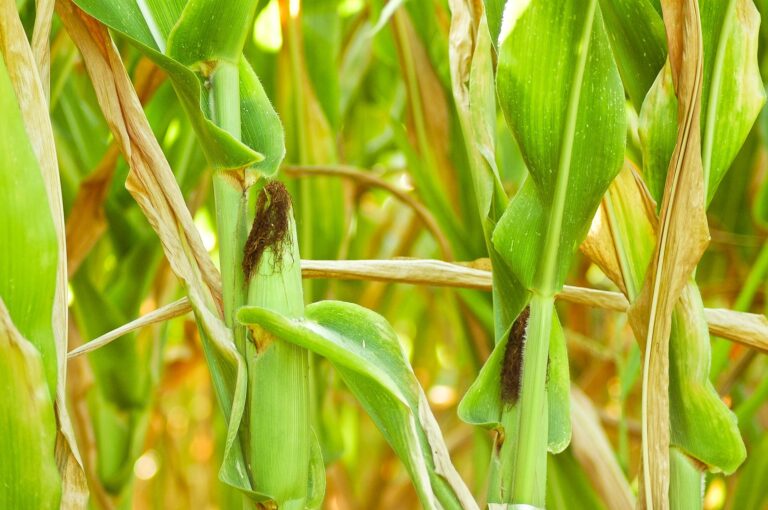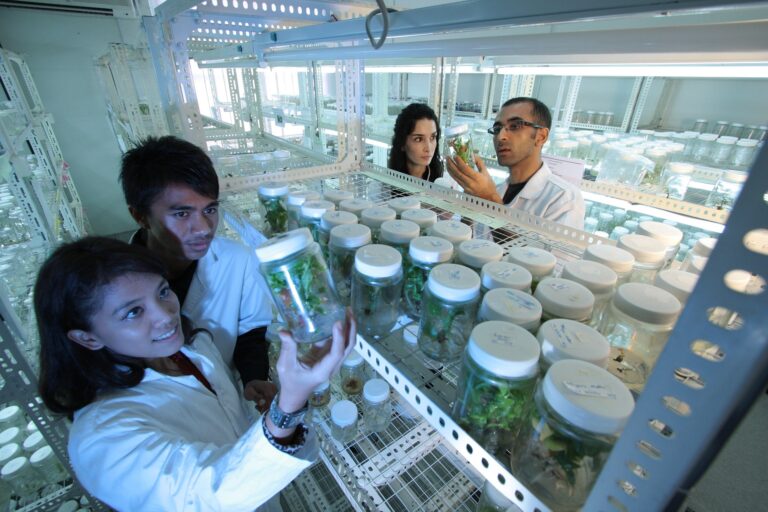Here’s what you need to know


Genetically modified organisms (GMOs), especially genetically modified (GM) foods, are a contentious topic. On one side are the anti-GMO activists waving signs that read “zombie food” and attempting to abolish any type of genetic alterations.
Directly opposing are the food producers who disagree that GM foods need a “warning” to alert consumers that the goods have been altered.
Where does that leave most of us?
Somewhere stuck in the middle, usually wanting more information about our food, and perhaps the environmental effects. Merely curious what the scientific consensus is.
That’s the point of this piece. Simply put, what’s the current status of GM food?
GMOs? Bioengineering? Huh?


Part of the problem is that there’s so many words and too much terminology getting thrown around when talking about GMOs. So, let’s start at the beginning.
A GMO, or genetically modified organism, is any animal, plant, or microorganism that’s had its genetic material altered. Some of these gene altering processes, like selective breeding and crossbreeding, have been done for thousands of years. Other methods like transgenesis, where select genes are added or silenced through bioengineering, are more novel methods.
To add to the confusion, most of the general public uses the term GM or GMO to describe food, while the U.S. Congress opted for the term bioengineered. Their reason being, at this point in history most crops and animals have had their genes modified by humans in some way. So, the term GMO was actually too vague.
Instead, by selecting the term bioengineered, Congress hoped to directly refer to transgenic foods— those made by changing the organism’s genetic material in such a way that it could never be found in nature.
The reason I’m pointing this out, is that any laws regarding genetically modified food won’t actually use the term GMO, but rather bioengineered.
But, since most people use the term GMO instead of bioengineered, and may not even recognize the word bioengineered, I’ll continue to use GMO in the rest of this article.
Can I tell if I’m eating GMOs?


Right now, probably not.
But, by January 2022, all food producers must disclose whether their products are genetically modified or contain genetically modified ingredients. Otherwise, they will not be compliant with the National Bioengineered Food Disclosure Law approved by Congress in 2016.
This law defines bioengineered food as:
“those that contain detectable genetic material that has been modified through certain lab techniques and cannot be created through conventional breeding or found in nature.”
Such products will either be labeled as “bioengineered food” or display the new symbol for bioengineered food on its packaging.
Are GM foods as healthy as non-GM foods?
Of top concern for most consumers is whether or not genetically modifying crops could result in the food being less nutritious or even toxic to humans.
The good news is, nutritional equivalency can be tested in the lab before any GMs are approved. And although there’s been differences in nutrient and chemical composition between GM and non-GM crops, it’s believed this variation falls within the natural range of variation seen in most plants.
Now, when it comes to toxins, plants naturally produce several compounds that are considered toxic. Plants make these molecules to help keep microorganisms and animals away.
Some of these compounds, when consumed in large amounts, can also be toxic to humans. So, producing toxins is not exclusive to GM crops, but rather quite common.
Another great concern is that GM foods could promote disease in humans.
As of now, there’s no evidence that an increase in growing GM crops, and greater incorporation of GMOs into food, have increased the incidence of cancer, type 2 diabetes, obesity, or food allergies.
Can GM crops contaminate other plants?


There is already evidence of gene flow from GM to non-GM crops, although it’s reported none of these transfers have resulted in adverse effects on the environment. At least not yet.
However, if your organic farm is right next to a farm that plants GM seeds, you would probably beg to differ. It’s only a matter of time before the GM genes make their way into your organic crops, which means they can no longer be sold as organic. So it really depends on your perspective whether GM crops are detrimental to other crops.
What’s the effect on the environment?
It seems like most reports point out potentially negative outcomes of GMOs, so I’ll provide a little bit of evidence on the contrary. Realize of course, the true effects on the environment are unknown and still occurring.
In areas that adopted the insecticide resistant BT corn and cotton, a reduction in pests was achieved. This benefited all growers whether they planted GM or non-GM crops.
The BT crops also reduced the application of synthetic insecticides. In many developing countries, the switch to BT cotton has actually lowered the incidence of insecticide poisoning seen in farmers.
This means if the crops themselves can be resistant to pests, weeds, and insects through genetic engineering, we can reduce the amount of synthetic pesticides, herbicides, and insecticides sprayed into the environment. A win-win.
Do GM crops have higher yields?


One argument in support of GM crops is that they would be more productive on the same amount of land. In other words, they would produce higher amounts of food while using less resources. The end result could be cheaper food, or at least conserving natural resources like water.
It appears that this hypothesis has indeed played out. From 1996 to 2015, BT crops have significantly increased yield. Since the targeted insects did less damage to the crops, greater growth was achieved.
Herbicide resistant crops have also been seen to increase yield. With less weeds to compete with, the crops were better able to thrive.
Who makes sure GM foods are safe?
Three different U.S. government agencies work together to regulate GMOs. The Food and Drug Administration (FDA), the United States Department of Agriculture (USDA), and Environmental Protection Agency (EPA) all have various responsibilities regulating GMOs.
Before any type of GMO is approved, all three agencies must’ve cleared its safety.
I know any type of change is hard to take and GM food isn’t an exception. We have such an emotional relationship with the food we eat and what we choose to put in our body.
And I’m not here to tell you what, or what not to eat, but to convey the scientific information in a way that’s easy to digest.. This way, we don’t all have to go digging through research papers and textbooks. I know that’s fun for us nerds out there, but definitely not something everyone enjoys or has the time to do.


One Response
Nice article, good subject and easy to understand.